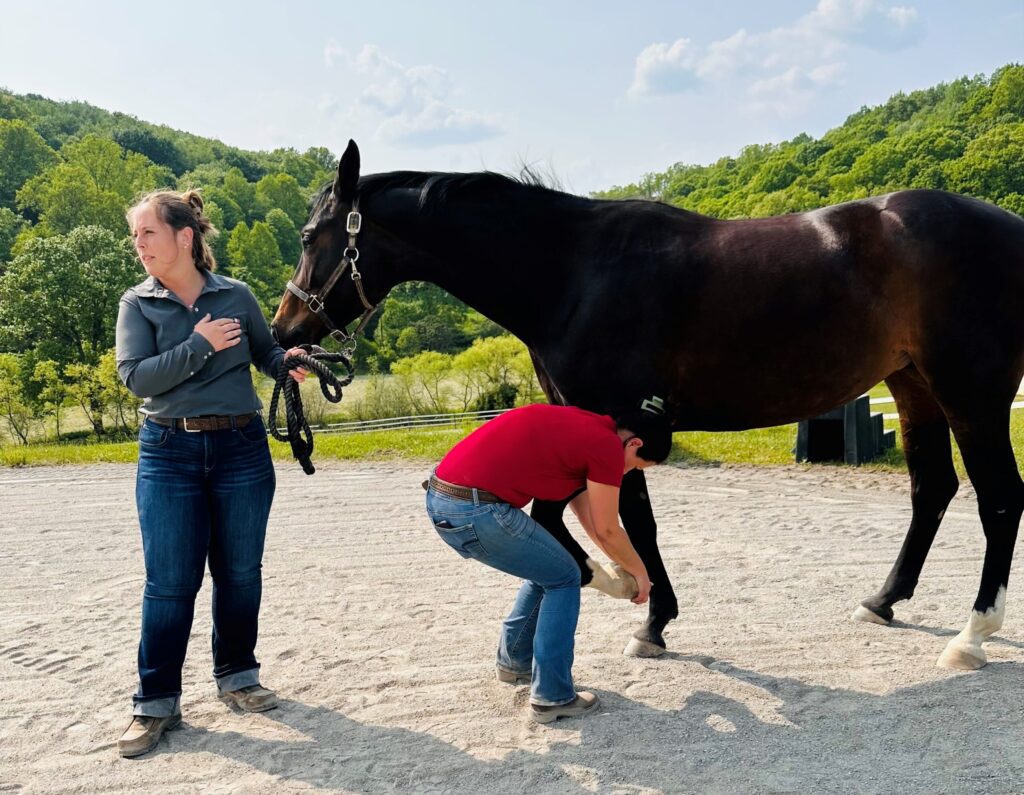
Burnout has been defined as “a long-term stress reaction marked by emotional exhaustion, depersonalization, and a lack of sense of personal accomplishment.” The main signs of burnout are just that: exhaustion, depersonalization, and lack of achievement.
Exhaustion is the central symptom of burnout. The profound fatigue can be any combination of physical, cognitive, or emotional—or all three. Exhaustion undermines your ability to communicate effectively and wipes out any positive feelings about your work. This can arise from the demands of an always-on 24/7 career, a toxic organizational culture, intense time pressure, or simply having too much to do, especially when you lack control over your work, dislike it, or don’t have the necessary skills to accomplish it with confidence. In a state of exhaustion, when you’re unable to concentrate or see the big picture, even routine and previously enjoyable tasks seem like too much, and your tank is simply empty.
Depersonalization is also called cynicism, and it represents an erosion of engagement. It is essentially a way of distancing yourself psychologically from your work. Instead of feeling invested in your work, patients, clients, and colleagues, you feel detached, negative, maybe even callous. Cynicism can be the result of work overload, but it is also likely to occur in the presence of high conflict, unfairness, and lack of participation in decision-making. Persistent cynicism is a signal that you have lost your connection to, enjoyment of, and pride in your work.
Lack of achievement and productivity can lead to feelings of incompetence. People with this symptom of burnout worry that they won’t be able to succeed in certain situations or accomplish certain tasks. People simply can’t perform at their peak when they’re out of fuel and have lost their connection to work. If you lack the resources and support to do your job well, including adequate time, information, expectations, autonomy, and relationships with your colleagues, you can start to feel devalued. In the absence of feedback and meaningful recognition, you might question the quality of your work or feel that you are unappreciated.
According to researchers Christine Maslach, PhD, and Michael Leiter, PhD, in their paper Understanding the Burnout Experience: Recent research and its implications for psychiatry, “Burnout has been recognized for many years as an occupational hazard for various people-oriented professions, such as human services, education, and health care. The therapeutic or service relationships that such providers develop with recipients require an ongoing and intense level of personal, emotional contact. Although such relationships can be rewarding and engaging, they can also be quite stressful. Within such occupations, the prevailing norms are to be selfless and put others’ needs first; to work long hours and do whatever it takes to help a client or patient or student; to go the extra mile and to give one’s all.”1
Burnout in the Veterinary Field
There is strong potential for emotional exhaustion in the veterinary profession. It manifests as a feeling that you have very little, or nothing at all, left to give clients, family, and community. In equine practice, the lack of emergency coverage options, the current challenges of the equine industry, and the financial pressures common to many practitioners can cause significant stress. Performing euthanasia can also contribute to burnout, especially when performed in emotionally charged situations.
Alexis Baney, DVM, as a guest on the Business of Practice podcast episode “Conquering Burnout in Equine Practice,” said, “I had a vague sense that I was burning out. I was tired all the time and had a hard time getting moving in the morning. I found myself more irritable with my family, my friends, and even my coworkers and some of my clients. I didn’t feel like I was performing up to my standards.”
“I thought I shouldn’t feel that way (burned out), so I tried to make myself not feel that way. It turns out that doesn’t work!” added fellow podcast guest Chrissie Schneider, DVM, MS, Dipl. ABVP, cVMA. Sometimes, a friend or partner becomes concerned and must intervene to help you recognize your burnout. It is easy to simply become depleted, depressed, and withdrawn without recognizing you are in trouble.
Burnout is a common hazard of work in the veterinary field and often associated with an overwhelming workload, lack of choice or control, and failure to be adequately recognized, supported, and compensated. Roadblocks exist in veterinary medicine that make avoiding burnout difficult. A balanced life is hard to capture, and boundaries can be hard to set. If you are starting a family or already have children, your home responsibilities are probably exhausting. Added to the tiring and stressful aspects of emergency duty for your veterinary job, long hours are hard to escape. These pressures can cause stress to build and your mental health to suffer.
Veterinary medicine is not at all unique in the presence of burnout. According to Gallup’s 2020 report Employee Burnout: Causes and Cures, 76% of employees across the U.S. experience burnout on the job at least sometimes, and 28% say they are burned out “very often” or “always” at work. The data from this study show the number of hours people work each week matters, with burnout risk increasing significantly when employees exceed 50 hours and climbing even higher after 60 hours. The Gallup Employee Burnout study respondents who said they very often or always experience burnout at work are 13% less confident in their job performance, 63% more likely to take sick days, 23% more likely to visit the emergency room, and 2.6 times more likely to be seeking a new job.
Research reported by the CDC showed that ~7% of male and ~11% of female veterinarians in the U.S. have serious psychological distress, and one in six have considered suicide. These figures are two to three times the mean of the U.S. population at large. Veterinarians might experience the death of hundreds of patients during their careers, whether by euthanasia or natural causes. They might be left wishing they could have done more or thinking they have failed their patient in some way when that patient reaches the end of his/her life. This high level of exposure to grief, self-doubt, and the need to support clients is a major factor in the development of burnout and mental health issues.
Anyone Is Susceptible to Burnout
Burnout is a risk for all practice team members, especially associates and solo practitioners. At times, it might be necessary to reach out to your colleagues with coaching and encouragement. An overworked, emotionally exhausted veterinarian will not be able to carry on for long. Burnout in veterinarians can manifest as fatigue, exhaustion, feeling completely depleted, having negative or inappropriate attitudes toward clients, irritability, loss of idealism, withdrawal from family and friends, reduced productivity or capability, low morale, and increasing inability to cope with small issues. If you notice these signs, you might be developing burnout. If you are experiencing symptoms of burnout, begin prioritizing your self-care, reduce your exposure to stressors, seek out supportive connections with others, find ways to renew meaning in your work, and consider taking a leave of absence from work.
Recovering from burnout completely can take six to 12 months. A long weekend will not be enough. Baney left her associate position and, after a month, began to work part-time at a small companion animal clinic owned by a friend. Describing her process of healing, she said, “It was a lot of self-healing, reflection, and determining, ‘What do I need?’” Now, a year or so later, she has started her own sports medicine practice, Equine Performance Veterinary Services, and is doing well.
How to Battle Burnout in Practice
Practices can make a huge difference in helping their team avoid burnout by embracing flexibility in work hours, having healthy boundaries, creating a culture of belonging, communicating with transparency and psychological safety, and compensating well. The long hours traditionally worked in equine practice need to be decreased to allow adequate time for rest, recovery, and professional growth. Along with reducing the potential for burnout, these changes could have a positive effect on retention and attraction of equine practitioners.
Practice owners and their behaviors also have a significant effect on their employees’ work-life environment. Leaders model the way. They set the example and the tone for expected behaviors in the practice. This is why it is essential for leaders to demonstrate work-life balance—it helps an employee believe in the value of his or her own balance. In practices that worship a work-centered life, achieving this balance is difficult.
Part of creating the space for wellness in your life is by examining your priorities and measuring how well you are living up to them. The starting point to gaining balance between work and outside work activities begins with defining the life you want to live while acknowledging the economics necessary to support that desire. Once you determine the elements you need to have balance, create a strategic plan and execute it. You can create the life you imagine.
References
- Maslach, Christina & Leiter, Michael. Understanding the Burnout Experience: Recent research and its implications for psychiatry, World Psychiatry 2016;15:103
Related Reading
- Veterinary Wellness Briefs: Understanding Compassion Fatigue
- Veterinary Wellness Briefs: The Stress of Achievement
- The Top Factors Influencing Equine Veterinarians’ Job Satisfaction
Stay in the know! Sign up for EquiManagement’s FREE weekly newsletters to get the latest equine research, disease alerts, and vet practice updates delivered straight to your inbox.




